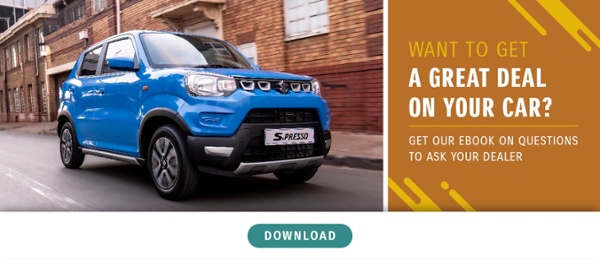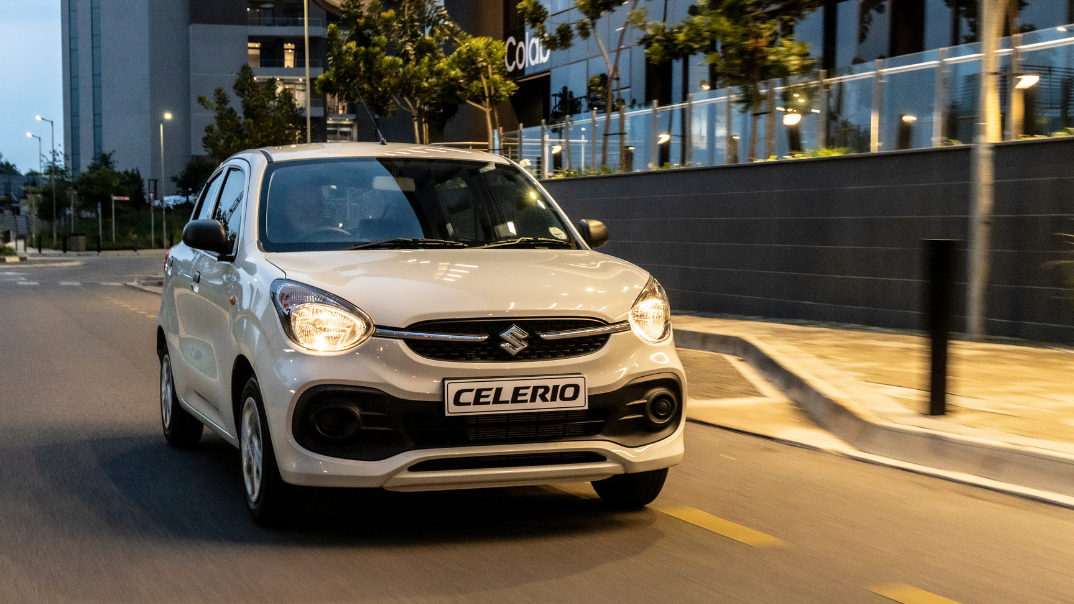Is the price tag on your dream car a real stretch for your budget? Here’s what you need to know about the pros and cons of opting for a balloon payment.
Balloon payments can make buying your dream car possible, but is it worth the cost? If you’ve had your eye on that beautiful new SUV for months, but you’re not sure whether a balloon payment is a financially-savvy move, we’ve laid out the pros and cons to help you make up your mind.
A balloon payment is also called a residual value. It’s a lump-sum payment attached to your loan in which the balloon payment is higher than your regular monthly installments and can be applied either at intervals during your loan, or more commonly, at the end of your loan term.
A normal loan would spread the total vehicle amount of a period of four to five years. A balloon payment, on the other hand, defers a percentage (say 25%) and attaches that percentage as a lump-sum at the end of your loan term. Banks encourage the balloon payment option as it allows people to purchase a car which wouldn’t be affordable with a regular loan. Balloon payments lower your monthly repayments, allowing you to purchase a more expensive car without paying sky-high monthly installments.
Example:
If you took out a five year loan on a R 200 000 car, and elected to have a 25% balloon payment, you would need to pay the residual 25% (R50 000) in a lump-sum at the end of your loan term. Your monthly installments would then be based on R150 000 instead of the full R200 000 which means you’ll have a much lower monthly repayment fee.
What you need to understand about a balloon payment is that at some point you will have to pay the outstanding lump sum - which means at that time, you’ll need that cash on hand or trade in. Over the course of your loan, your balloon payment continues to incur interest and over the average loan term of 60 months (five years) at an average interest rate, you’d pay around R40 000 interest on the R50 000 balloon payment.
A balloon payment is a very subjective finance option. It all depends on how much you want to borrow up front and how much you can afford to repay over the course of your loan. If you’re comfortable saving towards the lump-sum payments, or have fixed investments which you know will mature in time to pay the balloon amount, then this is probably a great option for you.
At the time that you become liable to pay your balloon payment, you’ll have two options: pay the full lump-sum in cash or “roll over” the balloon payment into a new loan (at the discretion of your bank). The problem with refinancing a car, is that when you’re ready to get a new car, you’ll still be paying for the old one. You are able to trade your car in, in order to pay off the balloon payment however, if you negotiated the loan at the maximum balloon payment value, the trade in amount will almost precisely match your outstanding balloon payment - so you won’t have anything left over to use as a deposit on a new car.
If you would like to take out a loan with a balloon payment, there are several limiting factors to consider before signing the agreement.
- Mileage: This is one of the most important factors dealers look at when determining trade-in value, so if your car has both high mileage and a balloon payment this doesn’t bode well for your settling our finance dept.
- Insurance: You’ll be required to take out comprehensive motor vehicle insurance.
|
The pros |
The cons |
|
BUYS YOU TIME |
FINANCIAL INSECURITY |
|
LOWER INSTALLMENT FEES A balloon payment allows you to pay lower installment fees, which alleviates some of the pressure from your monthly budget. |
PAY IT OUT IN CASH |
|
LOWERS THE RISK OF REPOSSESSION A balloon payment usually lowers your risk of repossession. Smaller installment fees are more manageable and you’ll be at less risk of defaulting on your repayments. |
INTEREST |
|
CONVERT TO A TRADITIONAL LOAN |
Balloon payments can be a very good option for some people, depending on their individual situation.
You’ll need to take a thorough look at these pros and cons and decide whether you’re able to commit to that lump-sum payment at the end of your loan term. At the end of the day, you know your budget better than anyone and only you can decide if a balloon payment is the best finance option for you.
Check out our ebook on essential questions to ask your dealer when purchasing a car. This comprehensive guide will help you navigate the car buying process with confidence and ensure you're armed with the right questions to make an informed decision.

-1.png)
![The unexpected advantages of buying a small car [infographic]](https://blog.suzukiauto.co.za/hubfs/Ignis%20May%202020%20Product%20Shots/Ignis%20-%204856.png)